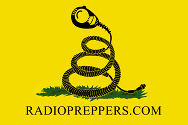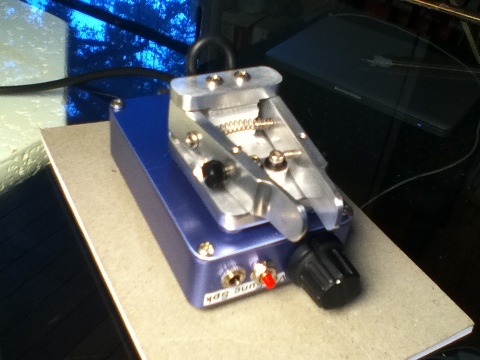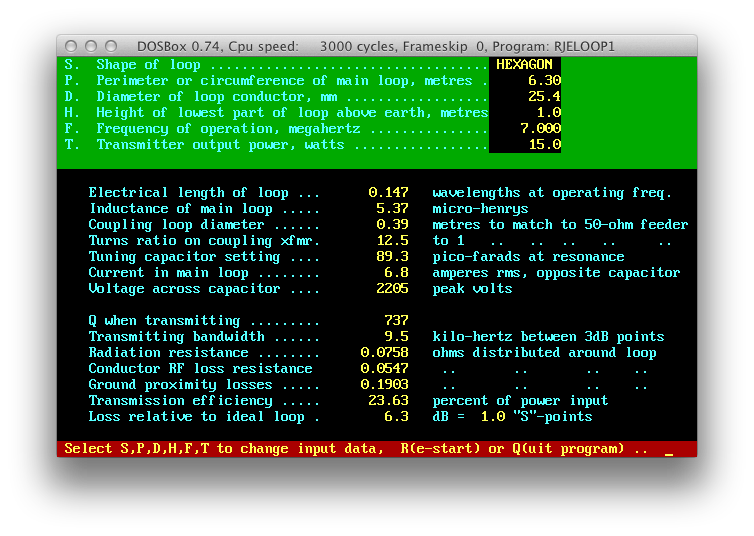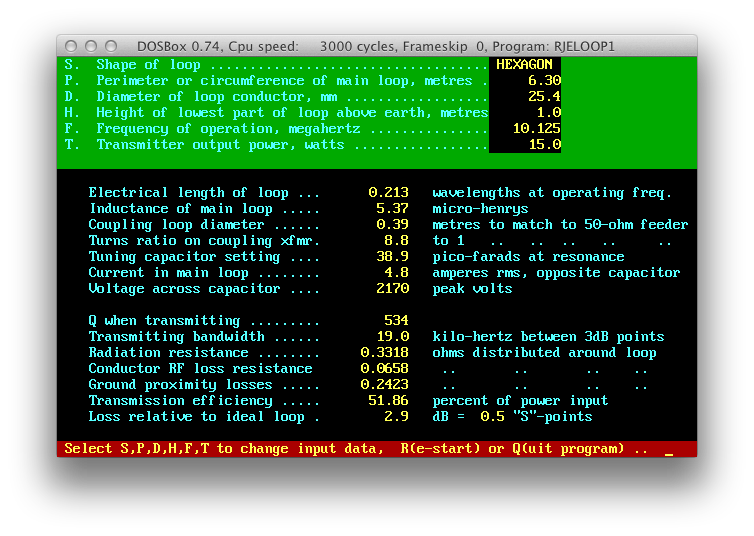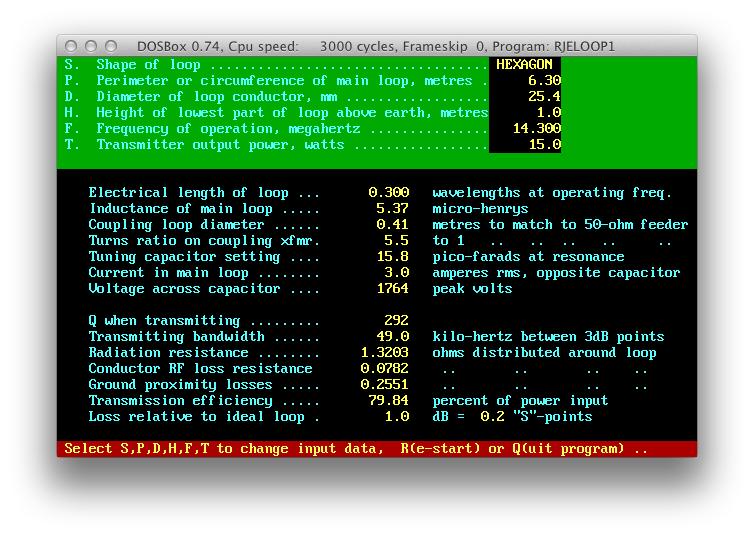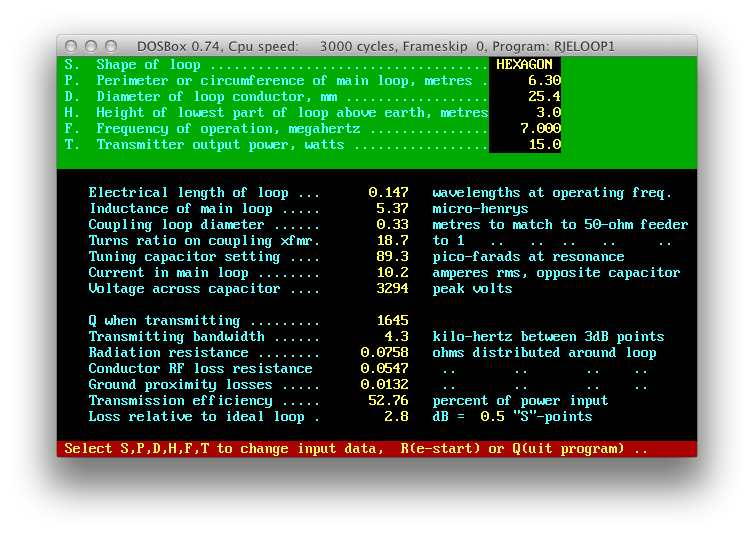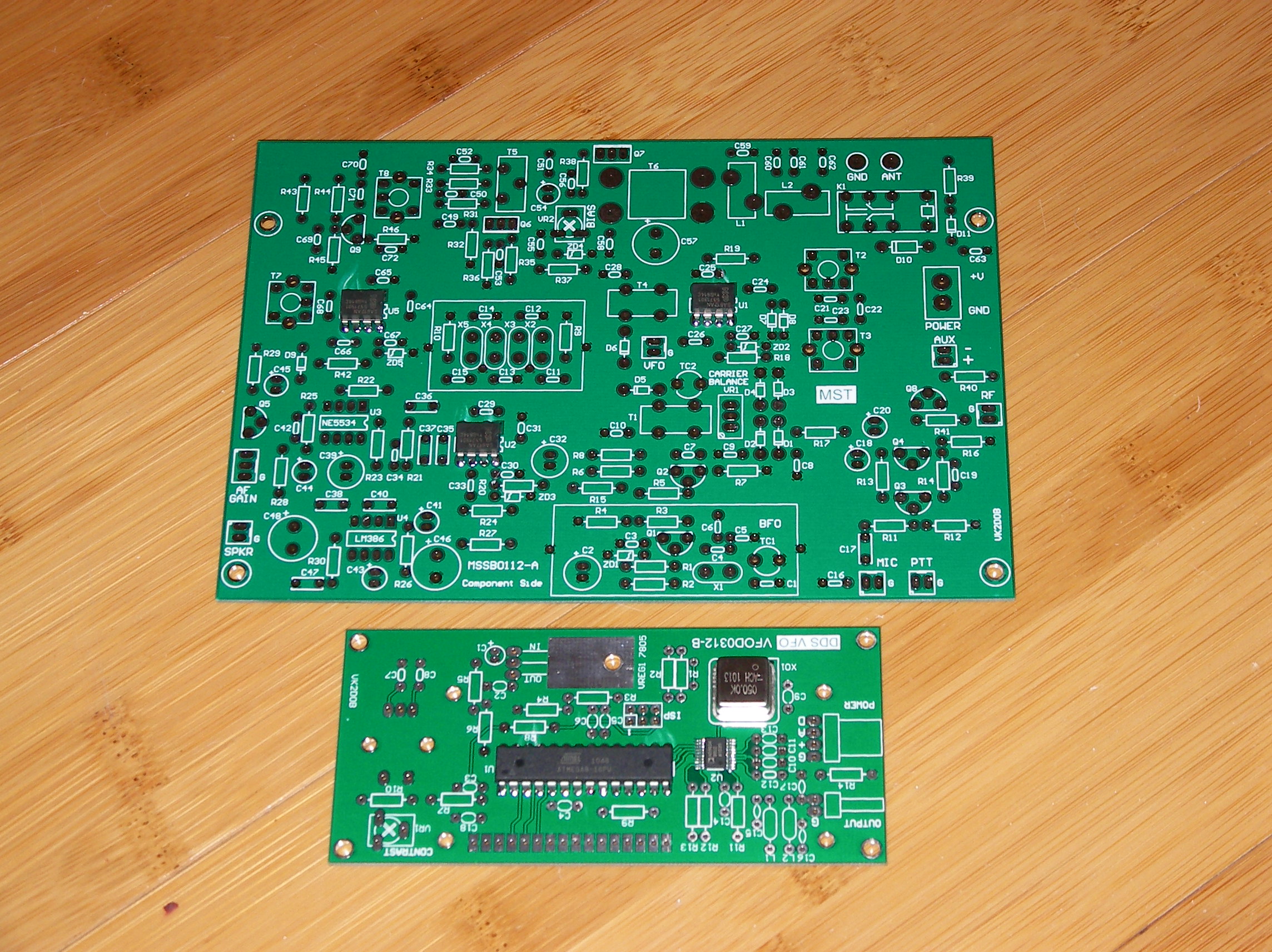Tonight I completed about 75% of the circuit board.
Here are the options I want:
- Touch keyer. http://www.cwtouchkeyer.com/P4.htm
- Digital display. http://qrpkits.com
- Rechargeable batteries.
- SWR indicator. http://qrpkits.com
- Voltage indicator, http://qrpkits.com
- Audio filter/amp. http://newenglandqrp.org/nescaf
I found a mod online about changing the value of C8 to increase the range, but I need to ask a few people about that to make sure. I will be using a ten-turn potentiometer for better precision.
The whole build will be posted here.
Gil.
